Publications
Publications
2023
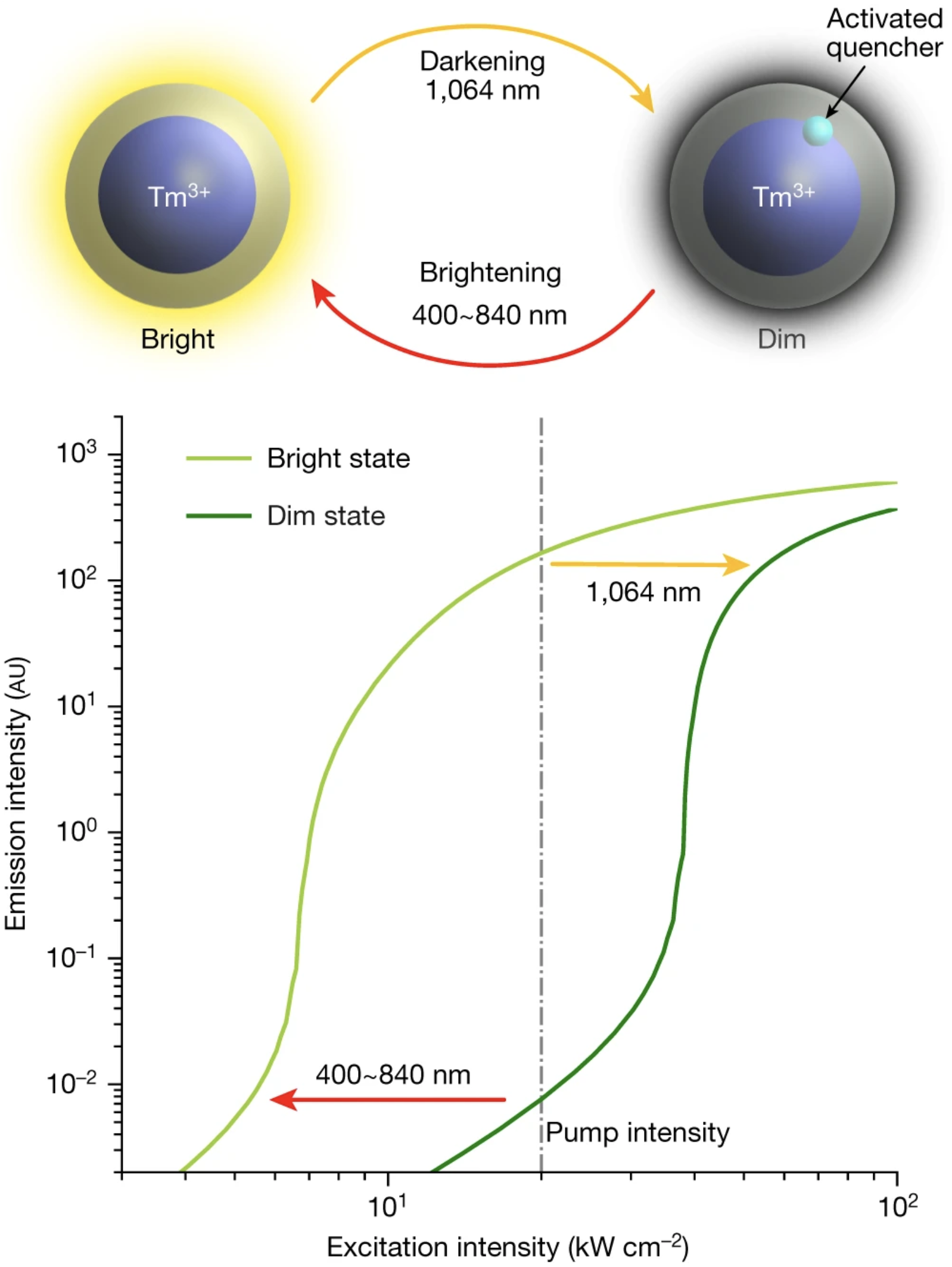
Indefinite and bidirectional near-infrared nanocrystal photoswitching
Changhwan Lee, Emma Z. Xu, Kevin W.C. Kwock, Ayelet Teitelboim, Yawei Liu, Hye Sun Park, Benedikt Ursprung, Mark E. Ziffer, Yuzuka Karube, Natalie Fardian-Melamed,
Cassio C. S. Pedroso, Jongwoo Kim, Stefanie D. Pritzl, Sang Hwan Nam, Theobald Lohmueller, Jonathan S. Owen, Peter Ercius, Yung Doug Suh, Bruce E. Cohen, Emory M. Chan, and P. James Schuck
Nature 618, 951-958, 2023
For this project, we investigated the photoswitching properties of avalanching nanoparticles, a new class of steeply nonlinear nanomaterials. Photoswitching has not been seen in lanthanide-doped nanoparticls before and the first observation of photoswitching characteristics in this material positions ANPs as potential super-resolution imaging agents and materials for optical data storage.
2022
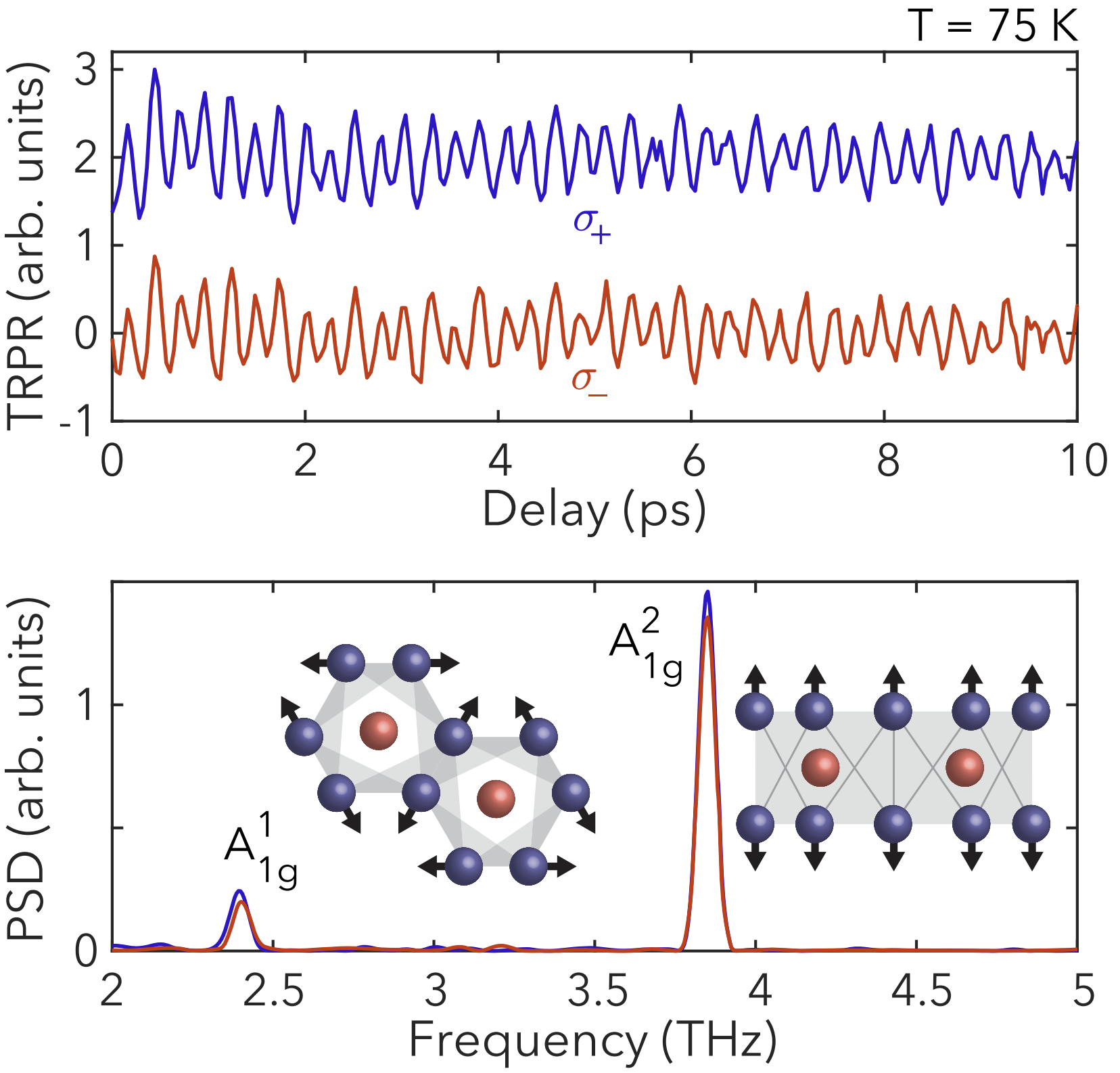
Coherent helicity-dependent spin-phonon oscillations in the ferromagnetic van der Waals crystal CrI3
Prashant Padmanabhan, Finn L. Buessen, Roxanne Tutchton, Kevin W.C. Kwock, Samuel Gilinsky, Min-Cheol Lee, Michael A. McGuire, Dmitry A. Yarotski, Arun Paramekanti, Jian-Xin Zhu, and Rohit P. Prasankumar
Nature Communicaitons 13(1), 1-8, 2022
In this work, we probe magnetic and vibrational dynamics in bulk CrI3 using ultrafast optical spectroscopy, revealing spin-flip scattering-driven demagnetization and strong transient exchange-mediated interactions between lattice vibrations and spin oscillations. Our results elucidate the nature of ultrafast spin-lattice coupling in CrI3 and highlight its potential for applications requiring high-speed control of magnetism at the nanoscale.
2021
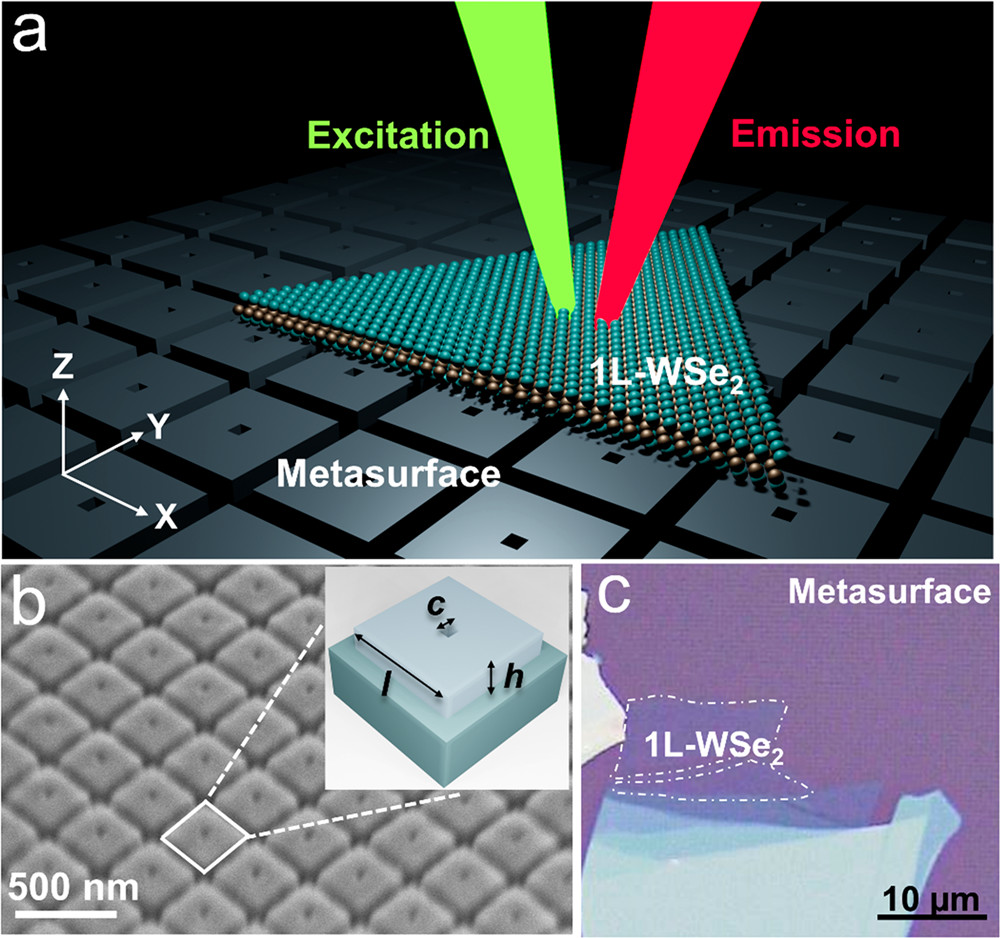
Manipulation of Exciton Dynamics in Single-Layer WSe2 Using a Toroidal Dielectric Metasurface
Long Yuan, Jeeyoon Jeong, Kevin W.C. Kwock, Emanuil S. Yanev, Michael Grandel, Daniel A. Rhodes, Ting S. Luk, P. James Schuck, Dmitry Yarotski, James C. Hone, Igal Brener, and Rohit P. Prasankumar
Nano Letters 21(23), 9930–9938, 2021
Coupling two-dimensional semiconductors with all-dielectric resonant nanostructures represents an especially attractive opportunity for manipulating optical properties in both the near-field and far-field regimes. Here, by integrating single-layer WSe2 and titanium oxide (TiO2) dielectric metasurfaces with toroidal resonances, we realized robust exciton emission enhancement over 1 order of magnitude at both room and low temperatures.
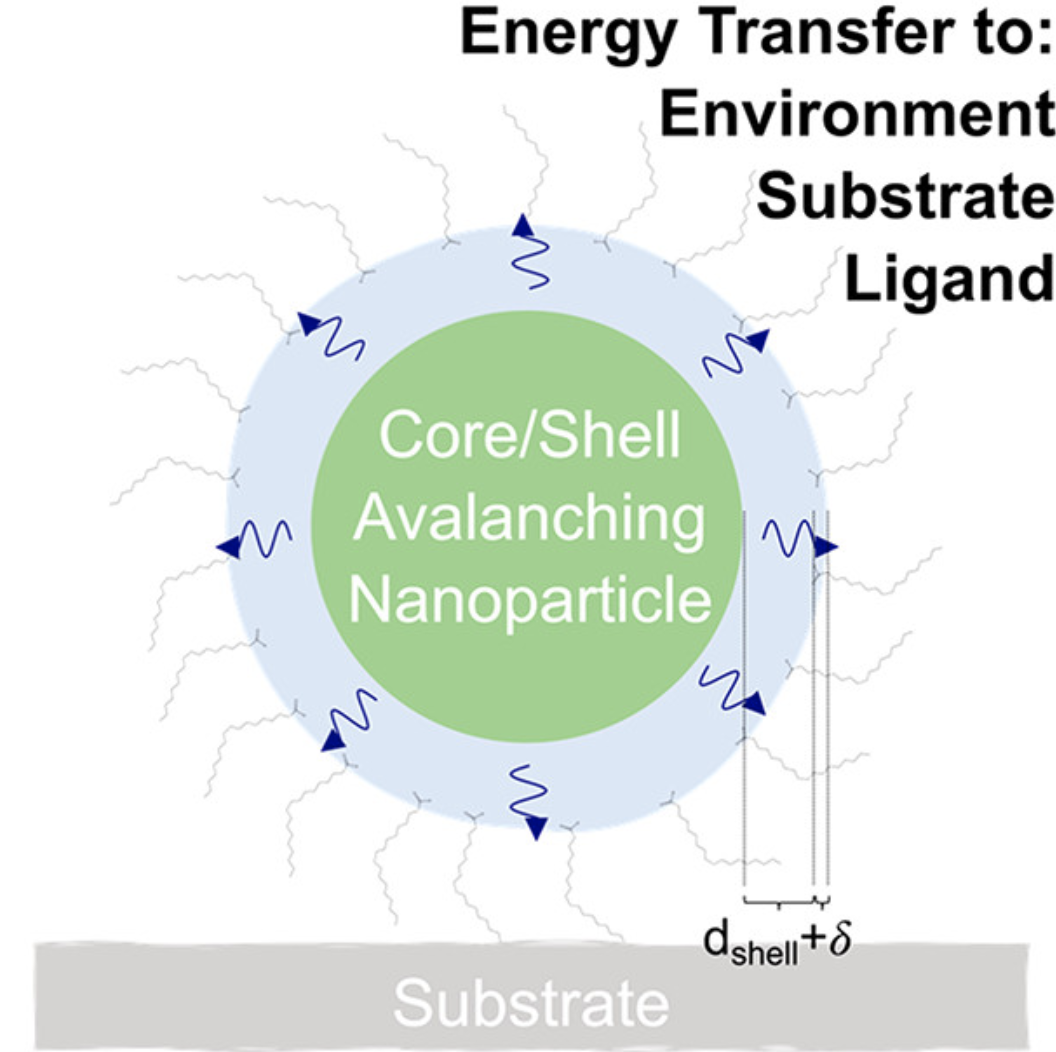
Surface-Sensitive Photon Avalanche Behavior Revealed by Single-Avalanching-Nanoparticle Imaging
Kevin W.C. Kwock, Changhwan Lee, Ayelet Teitelboim, Yawei Liu, Kaiyuan Yao, Sardar B. Alam, Bruce E. Cohen, Emory M. Chan, and P. James Schuck
Journal of Physical Chemistry C 125(43), 23976–23982, 2021
Imperfections are everywhere. They persist in bulk materials, (e.g. two snowflakes can rarely be identical or grain boundaries in metals). In nanomaterials, imperfections manifest as atomic defects and become more relevant as one reduces the lateral sizes of the nanomaterial further. Approaching the atomic limit, nanomaterial properties begin to depend significantly on their size, shape, defect densities since material dimensions begin to transition from classical towards quantum material behavior. This is also why integrated circuit design nowadays seem to have plateaued at around 2 nm processes – defects on this order drastically affect device performances!
In this project, we investigated the particle-particle optical heterogeneity of avalanching nanoparticles, a new class of steeply nonlinear nanomaterials. Nanoparticle synthesis itself often produces nanoparticles that vary in shapes and sizes. How can particle core/shell sizes influence the optical avalanching heterogeneity of these nanoparticles?
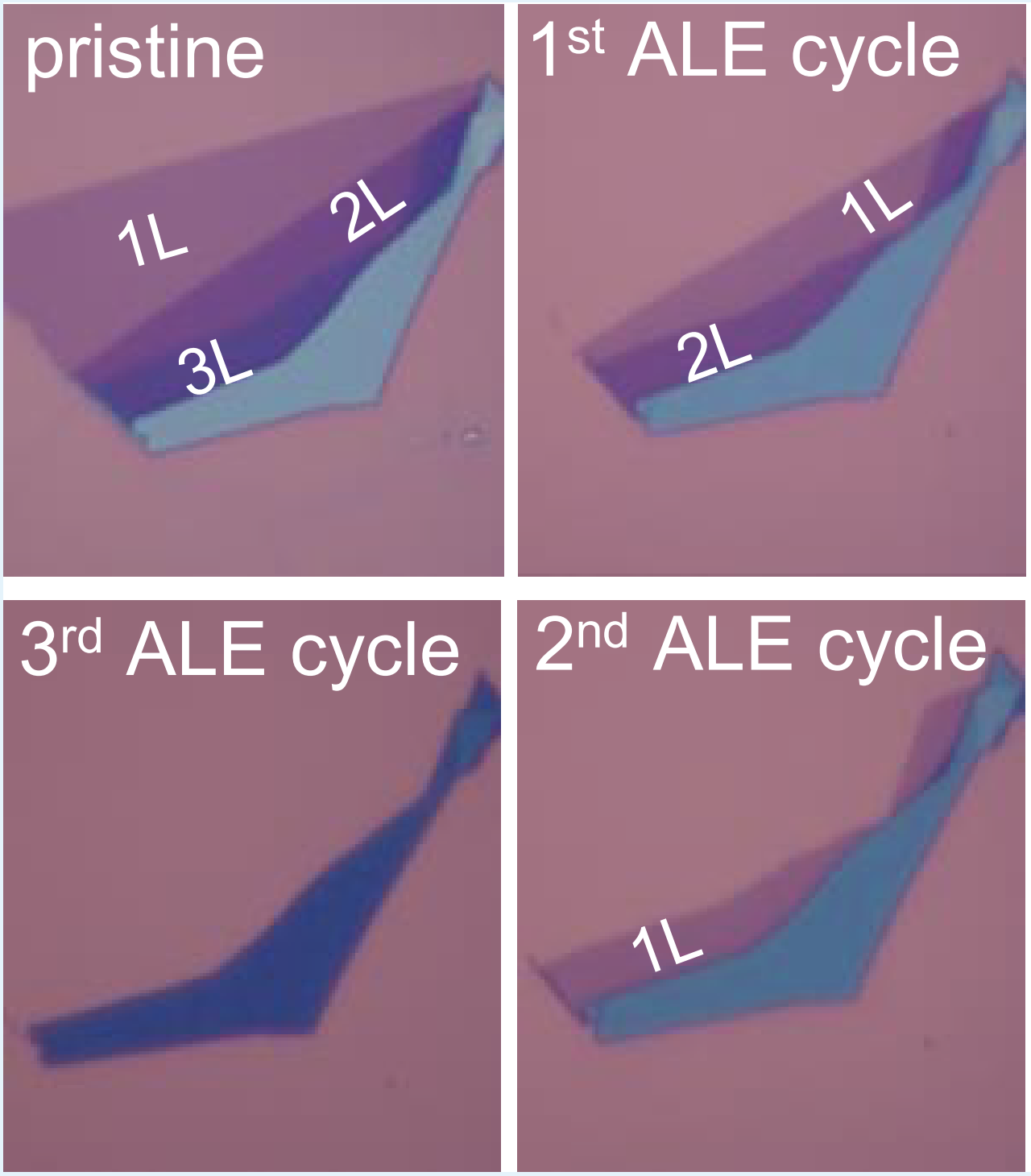
Damage-Free Atomic Layer Etch of WSe2: A Platform for Fabricating Clean Two-Dimensional Devices
Ankur Nipane*, Min Sup Choi*, Punnu Jose Sebastian, Kaiyuan Yao, Abhinandan Borah, Prathmesh Deshmukh, Younghun Jung, Bumho Kim, Anjaly Rajendran,
Kevin W.C. Kwock, Amirali Zangiabadi, Vinod M. Menon, P. James Schuck, Won Jong Yoo, James Hone, and James T. Teherani*
ACS Applied Material Interfaces 13(1), 1930-1942, 2021
In this work, we propose a selective, damage-free atomic layer etch (ALE) that enables layer-by-layer removal of monolayer WSe2 without altering the physical, optical, and electronic properties of the underlying layers
2018
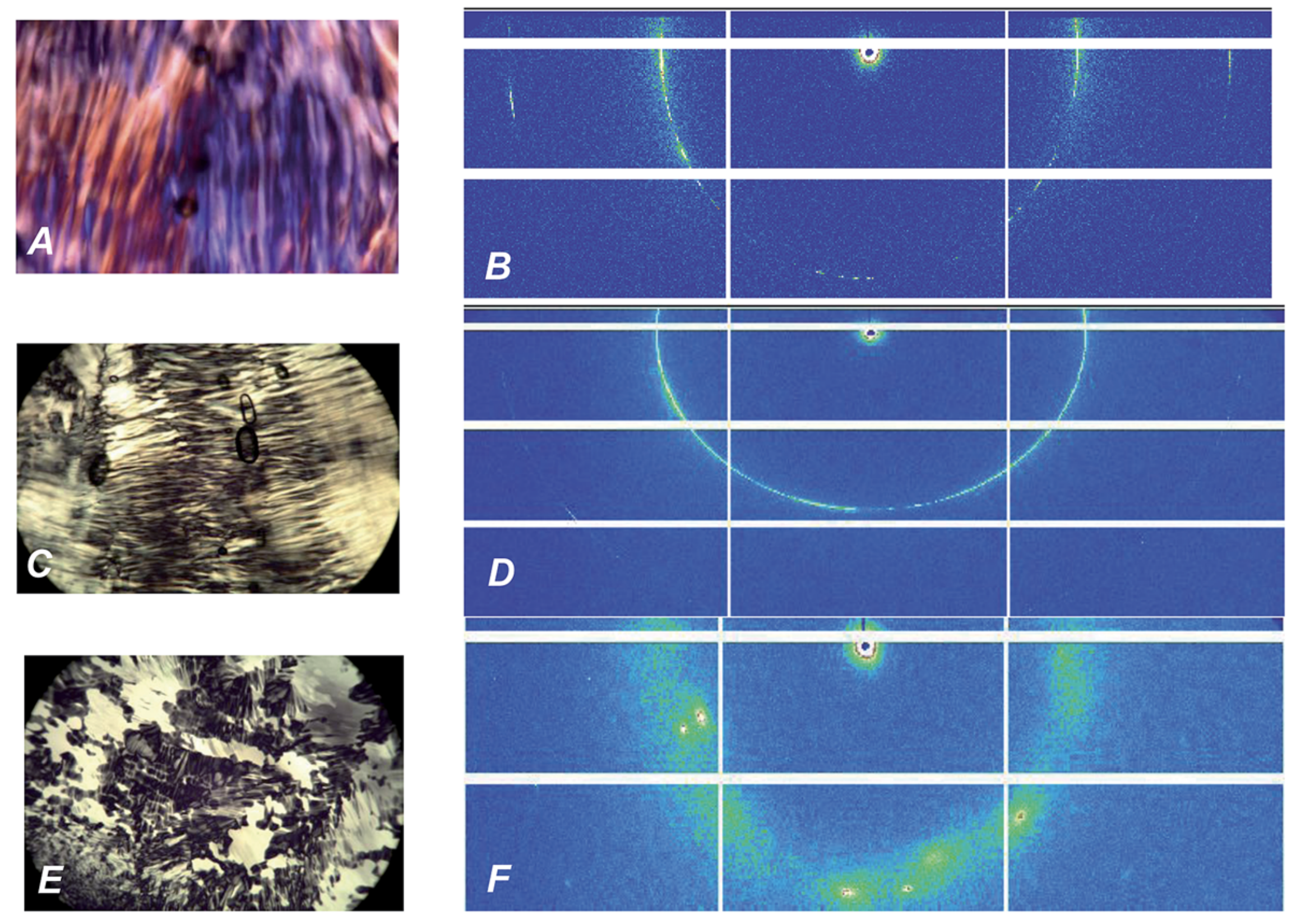
Design principles from multiscale simulations to predict nanostructure in self-assembling ionic liquids
Benjamin T. Nebgen, Harsha D. Magurudeniya, Kevin W.C. Kwock, Bryan S. Ringstrand, Towfiq Ahmed, Sönke Seifert, Jian-Xin Zhu, Sergei Tretiak, Millicent A. Firestone
RSC Faraday Discussions 206, 159-181, 2018
Molecular dynamics simulations (up to the nanoscale) were performed on the 3-methyl-1-pentylimidazolium ionic liquid cation paired with three anions; chloride, nitrate, and thiocyanate as aqueous mixtures, using the effective fragment potential (EFP) method, a computationally inexpensive way of modeling intermolecular interactions. The simulations provided insight (preferred geometries, radial distribution functions and theoretical proton NMR resonances) into the interactions within the ionic domain and are validated against 1H NMR spectroscopy and small- and wide-angle X-ray scattering experiments on 1-decyl-3-methylimidazolium.